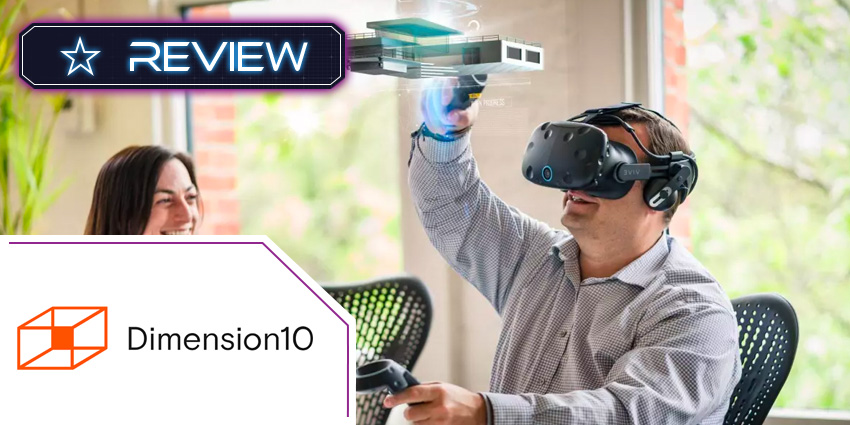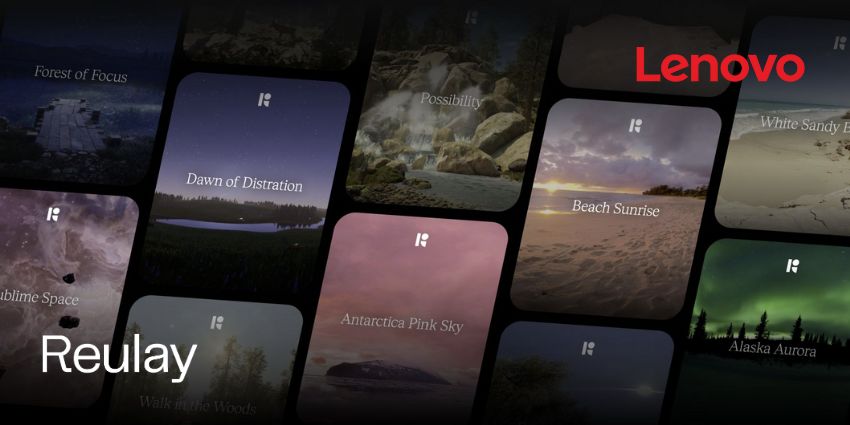Dimension 10 is a Norwegian virtual reality company specialising in collaboration technologies for the architecture, engineering, and construction (AEC) space. Its last funding round was in 2017 – three years after its inception – when it raised 4.5 million Norwegian Krone or approximately $5.3 million, and Dimension 10 has been on a roll since then.
The company’s prototyping and virtual collaboration platform is used by leading organisations such as the Norwegian University of Science and Technology, Scandinavian consulting giant AFRY, construction major, Skanska, and several others. Its popularity can be attributed to the fact that Dimension 10 (or D10 for short) works with all industry-standard AEC tools like SolidWorks, Autodesk, Novapoint, etc.
If you’re looking to leverage VR collaboration in the next few quarters, and need 3D design and simulation capabilities, D10 could be the platform for you.
Lets’ review some of its key features.
What are the Key Features of Dimension 10?
Dimension 10 streamlines collaboration through several useful features.
An easy drag-and-drop interface
Before you can start collaborating, you need a 3D visual rendering of your existing objects so that team members and meeting participants can interact with them in a live meeting environment. Dimension 10 converts models to VR automatically and in a few seconds once you drag and drop them into the platform. There is a hide/show feature that lets you selectively hide parts of your project, somewhat like layers in photoshop.
Virtual reality room
The VR room on D10 is a space where you can meet with team members, share ideas, chat, and collaborate. The latest release of D10 introduced a design refurbish for VR room, making it even more photorealistic.
Productivity enablers for your design
D10 is built specifically with the AEC sector in mind and integrates with all popular design applications – the latest on its integration list being Navisworks. Also, its automatic measurement feature and texture support let you import models with little effort and without any quality loss. Finally, D10 allows users to draw in VR, which is like a whiteboard experience with interactivity with 3D objects.
Meeting with guests and clients
D10 is well-suited for external collaboration as well, featuring capabilities that make it the ideal VR space if you’re looking to cut down on business travel or maintain social distancing. Different rooms inside a virtual workspace come with a company logo, almost like a booth in a physical event. Companies like Hitachi have used D10 to replace physical meetings with clients, consultants, and other external stakeholders.
What are the Benefits of Using Dimension 10?
As a replacement for traditional meetings or in-person collaboration, D10 helps you save costs and stay safe without losing that essential personal touch. Even more importantly, its technical integrations with popular design tools, unlimited project support, BIM property inspection, and reports export features aid professionals in the AEC industry in their everyday workflows.
Continuous Improvements by Dimension 10
The company is focused on incremental improvements to its platforms, optimising the experience for better speeds and faster model loading. AEC companies in Europe should definitely consider D10 as a collaboration tool of choice, gaining from its multi-environment and multi-integration support.







